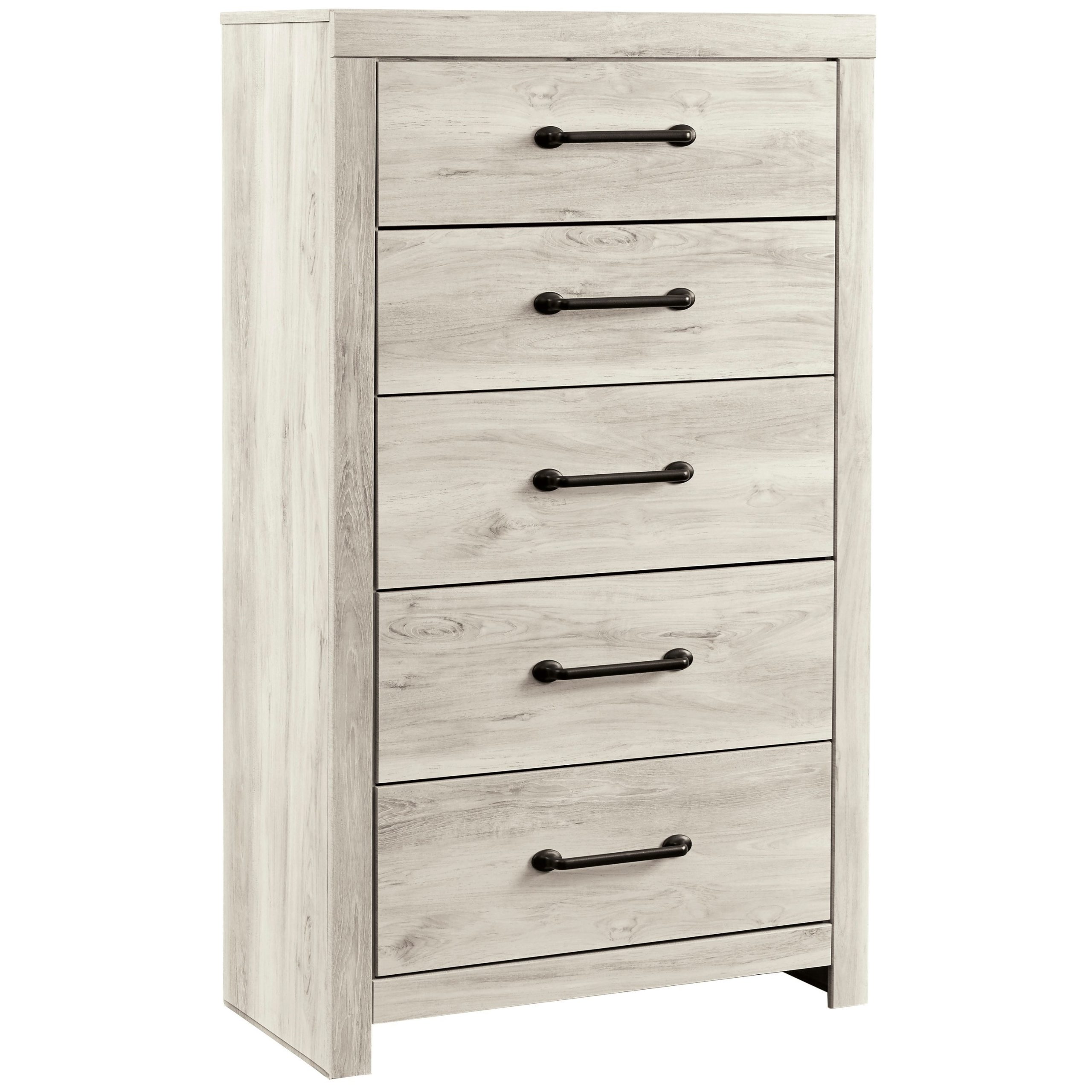Looking for a stylish and functional way to upgrade your bedroom storage? A 5-drawer chest might be the perfect solution. This guide will walk you through everything you need to know about 5-drawer chests, from their benefits to their different features and designs. We’ll help you sort through the options so you can find the perfect chest to match your style and storage needs.
Why a 5-Drawer Chest?
A 5-drawer chest is like the superhero of storage furniture. It offers a perfect blend of practicality, style, and versatility to transform your bedroom. But with so many options available, choosing the right one can feel overwhelming.
Style and Storage
Gone are the days of boring, boxy chests. Today, 5-drawer chests come in a wide array of styles to match any taste, from farmhouse chic to sleek and modern.
Before you fall in love with a design, consider your storage needs. Are you looking to organize a mountain of clothes or stow away extra blankets? Determining what you’ll be storing will help you identify the size and configuration you need.
Finding the Right Fit
Before you buy, measure your space to ensure your chosen chest fits comfortably. Don’t forget to consider door widths and hallway dimensions!
Also, think about the materials. Solid wood offers sturdiness, while engineered wood provides a budget-friendly option. For a modern aesthetic, explore metal chests.
The Benefits of a 5-Drawer Chest
Here are a few reasons why a 5-drawer chest might be the ultimate storage solution:
- Ample Storage Space: Say goodbye to clutter! A 5-drawer chest provides organized storage for all your belongings.
- Style Statement: More than just storage, a 5-drawer chest can elevate your room’s style and tie your décor together.
- Durable Construction: Built to last, a well-made chest can withstand years of use.
- Multi-Purpose Design: From clothing and linens to toys and office supplies, a 5-drawer chest handles a variety of storage needs.
What is a 7-Drawer Chest Called?
You might have come across a tall, elegant chest of drawers with seven compartments and wondered about its name. This unique piece is known as a “semanier.”
Originating in 18th-century France, the semanier was designed to hold a week’s worth of linens, with each drawer representing a day of the week—”semaine” being French for “week.”
Semaniers are typically taller and narrower than traditional chests, making them ideal for smaller rooms. They add a touch of verticality and visual interest to any space.
While traditionally made of wood, modern semaniers are available in various materials like metal, plastic, and even luxurious combinations to suit different styles.
Though rooted in linen storage, today’s semaniers offer incredible versatility. You can use them to organize anything from clothing and accessories to books and personal items.
Choosing the Right Size Chest of Drawers
You’ve envisioned the style, but now it’s time to determine the perfect size. Here’s how to find a chest that fits your needs and your space:
1. Measure Your Space
Before you start shopping, measure the area where you plan to put your chest of drawers. Note the width, depth, and height of the available space.
2. Assess Your Storage Needs
Think about what you plan to store in the chest. Consider the volume of clothing, the type of items (bulky sweaters vs. t-shirts), and any additional storage needs.
3. Understand Key Measurements
- Width: Chest widths range from about 36 to 60 inches. Smaller chests work well in tight spaces, while wider ones provide more storage.
- Depth: The standard depth is between 16 and 20 inches. Shallower depths maximize floor space, while deeper drawers accommodate bulkier items.
- Height: Most chests stand between 26 and 44 inches tall. Choose a height that allows you to comfortably reach all drawers.
- Number of Drawers: This one’s simple: more drawers equal more storage space.
- Drawer Configuration: Some chests offer different drawer heights to accommodate various items.
Dresser vs. Chest of Drawers: What’s the Difference?
While often used interchangeably, “dresser” and “chest of drawers” typically refer to distinct furniture pieces. The key difference lies in their orientation and dimensions.
Dresser
- Orientation: Horizontal, wider than tall.
- Dimensions: Height: around 35″, Width: 30″ to 70″, Depth: up to 2 feet.
- Drawers: Fewer, larger drawers, often with greater depth for bulky items.
- Placement: Usually placed against a wall in a bedroom.
Chest of Drawers
- Orientation: Vertical, taller than wide.
- Dimensions: Narrower width, varies in height.
- Drawers: Multiple, smaller drawers stacked vertically, often shallower.
- Placement: Versatile; suitable for bedrooms, hallways, or living spaces.
Choosing the Right Option
The best choice depends on your needs:
- Storage Capacity: Dressers offer more overall storage, while chests maximize vertical space.
- Room Size: Chests are ideal for smaller rooms, while dressers might overpower a small space.
- Functionality: Dressers often serve as a focal point in a bedroom, while chests provide supplemental storage.
Conclusion
Finding the perfect 5-drawer chest, semanier, or dresser involves careful consideration of your storage needs, style preferences, and available space. By understanding the different features and options available, you can confidently choose a piece that elevates your bedroom’s functionality and style. Don’t forget to explore ways to personalize your chosen piece with drapes for the bedroom or consider a 7-drawer dresser for additional storage solutions.
- The Best Battery Picture Lamps for Effortless Artwork Illumination - April 1, 2025
- Double Sink Bath Vanity Tops: A Buyer’s Guide - April 1, 2025
- Bath Towel Measurements: A Complete Guide to Choosing the Right Size - April 1, 2025










